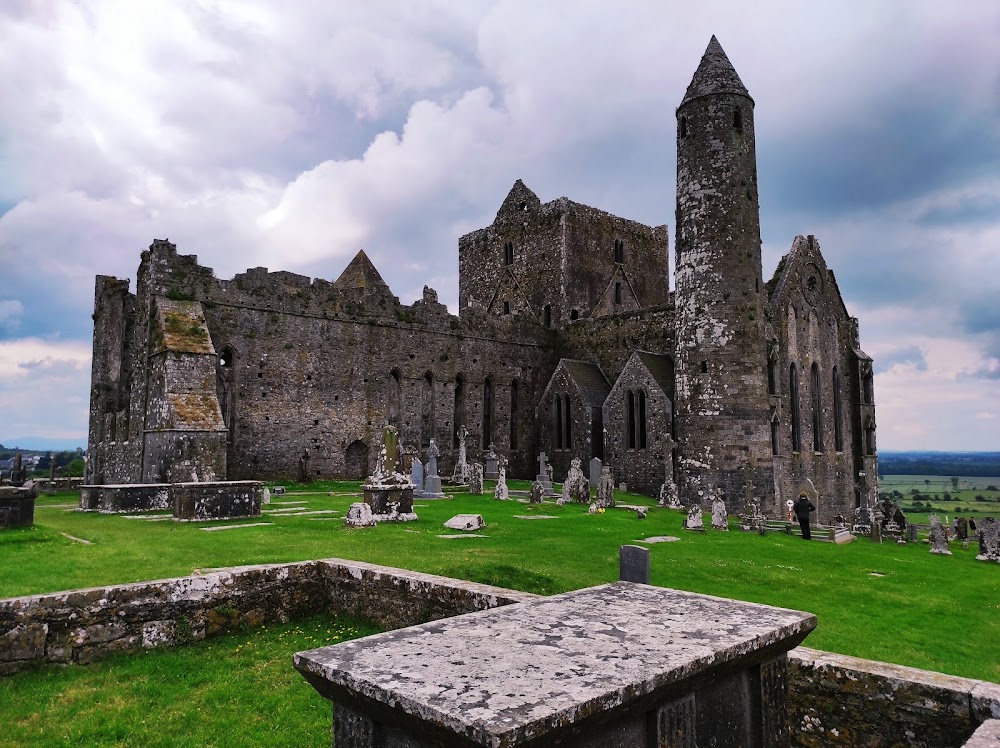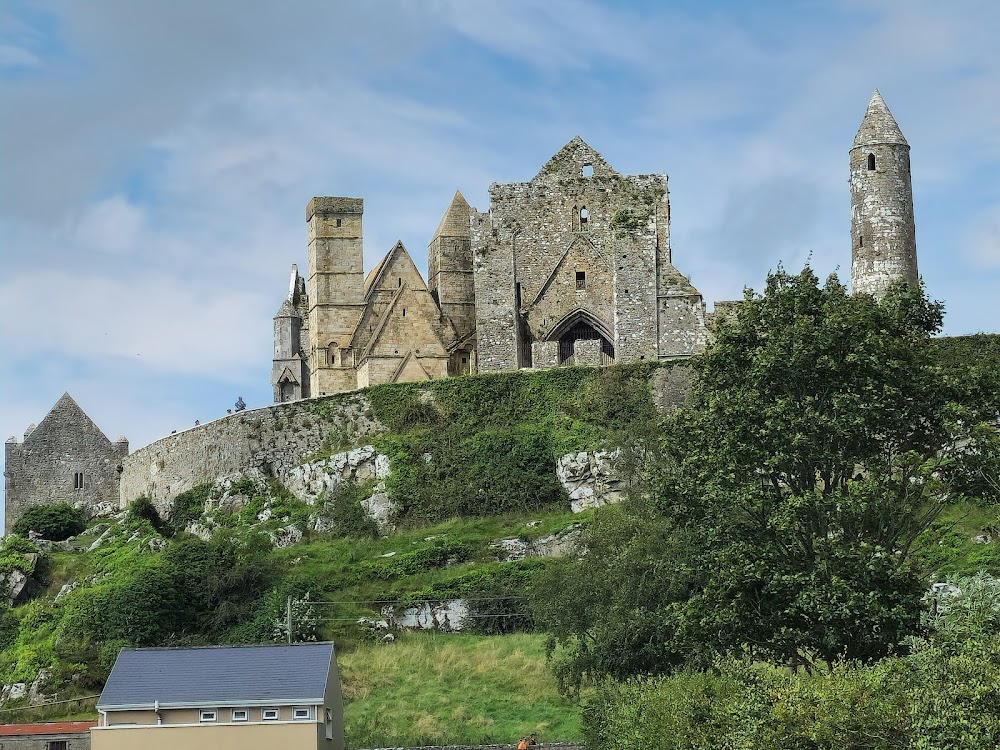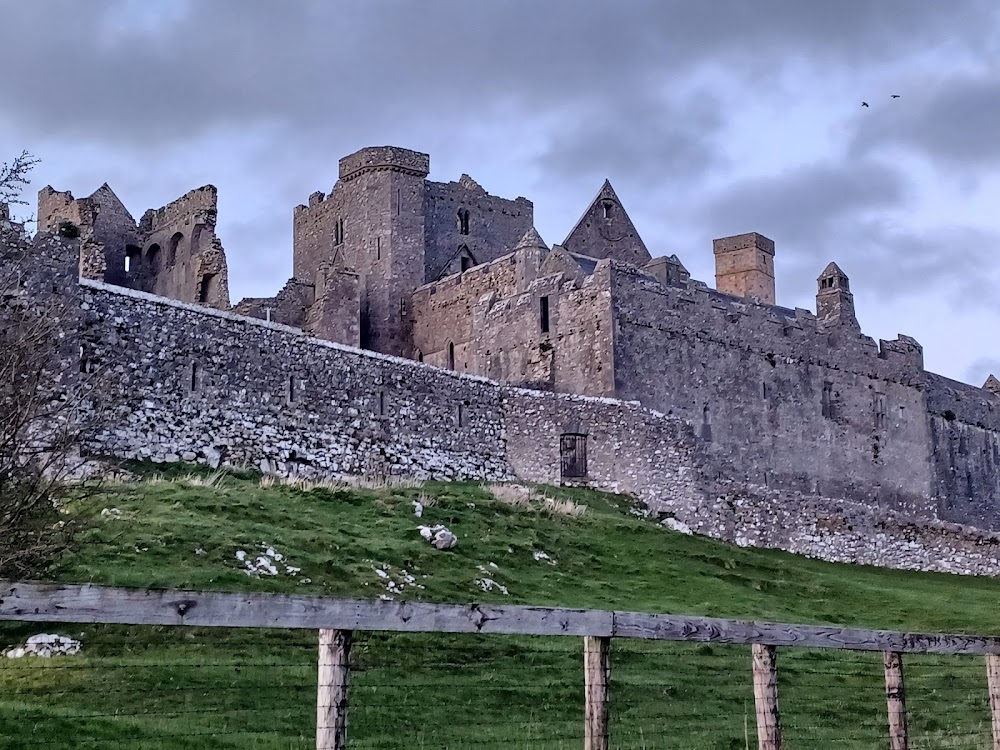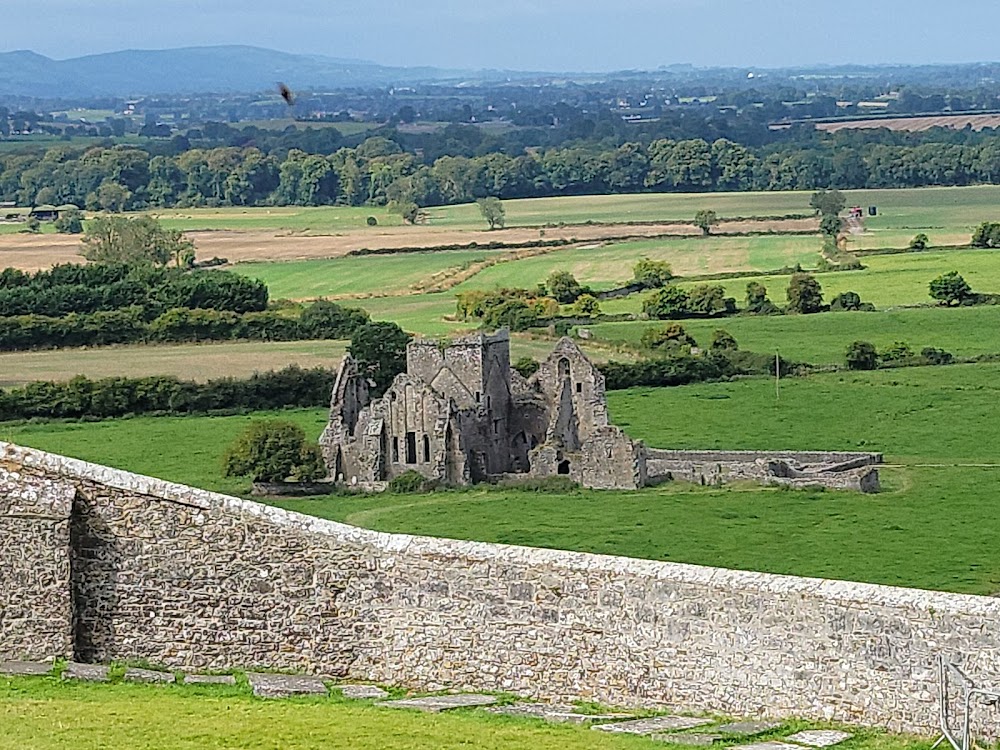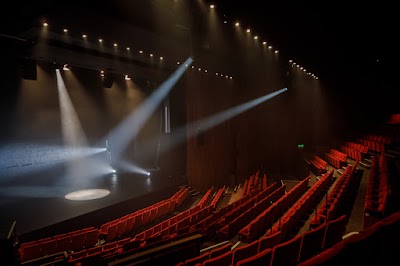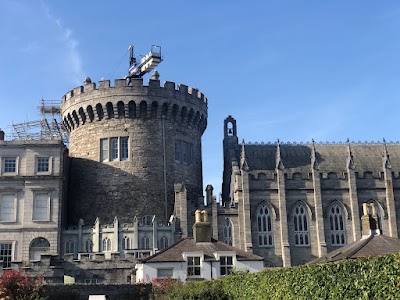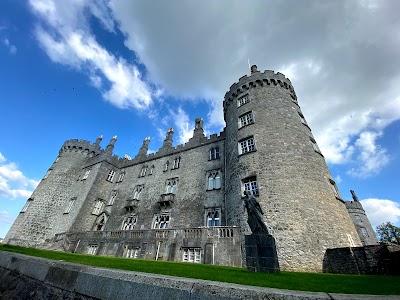Rock of Cashel (Carraig Phádraig)
Overview
The **Rock of Cashel**, often simply referred to as "Cashel," ranks among Ireland's most significant historical treasures, nestled in the picturesque province of Leinster. This majestic complex is a stunning collection of medieval architecture perched atop a limestone hill, offering breathtaking views of the surrounding plains and inviting visitors to delve into its rich history.
Legend has it that the Rock of Cashel was formed when St. Patrick banished Satan from a cave, causing the rock to land in what is now Cashel. Long before its transformation into a center of Christian architecture, historical records indicate that this site served as the seat of the kings of Munster, a powerful Irish kingdom.
Around the early 12th century, the Rock's significance grew as it evolved into a major ecclesiastical center. King Muirchertach Ua Briain generously donated the site to the Church, paving the way for the remarkable religious structures that continue to captivate visitors today.
The oldest building on the Rock is the **Round Tower**, dating back to approximately 1100 AD. Standing an impressive 28 meters tall, it functioned both as a bell tower and a defensive structure. Crafted without mortar, this tower exemplifies the exceptional craftsmanship of its time, utilizing finely cut limestone to create its enduring form.
Another architectural gem is **Cormac's Chapel**, commissioned by King Cormac Mac Carthaigh in 1127 AD and completed in 1134 AD. This Romanesque chapel is adorned with intricate carvings and signifies a notable architectural shift, blending Germanic influences with its rounded arches and detailed embellishments. The chapel is also known for its frescoes, although they have faded over the centuries.
The grand **Cathedral**, constructed between the 1230s and 1290s, showcases the Gothic style with its pointed arches and expansive nave. Though partially in ruins, its sturdy walls and large windows reflect the design aesthetics of medieval ecclesiastical architecture. The Cathedral served as the focal point for religious activity, closely tied to the archbishops of Cashel, until the 18th century.
Adjacent to the Cathedral lies the **Hall of the Vicars Choral**, built in the 15th century. This building provided living quarters for the Vicars Choral, clergy responsible for singing during services. A significant restoration in the 20th century preserved this piece of the Rock's ecclesiastical heritage, allowing visitors to appreciate its historical significance.
The Rock of Cashel also features remnants of a **High Cross**, once a prominent part of the site’s decor but now housed indoors for preservation. These intricately carved crosses reflect the Celtic Christian tradition, depicting various biblical scenes. Another notable feature is **Sarsfield's Cross**, which stands out with its distinctive design, despite the weathering it has endured over the years. Named after Patrick Sarsfield, a notable figure from the Williamite War, its origins are more closely associated with early medieval craftsmanship.
In 1647, the Rock of Cashel endured a devastating siege during the **Irish Confederate Wars**. English Parliamentarian troops, led by Lord Inchiquin, captured the site, resulting in a massacre and the destruction of many buildings. Despite this turmoil, the site has retained its symbolic importance, continuing to attract religious gatherings and serving as a poignant reminder of Ireland's turbulent history.
Today, the **Rock of Cashel** is a must-visit destination for both history enthusiasts and casual travelers alike. It stands as a testament to Ireland's rich medieval past, with each structure whispering tales of kings, clergy, and conflict. Thanks to meticulous restoration efforts, visitors can continue to explore and learn from this storied site, making it a captivating stop on any Irish adventure.


